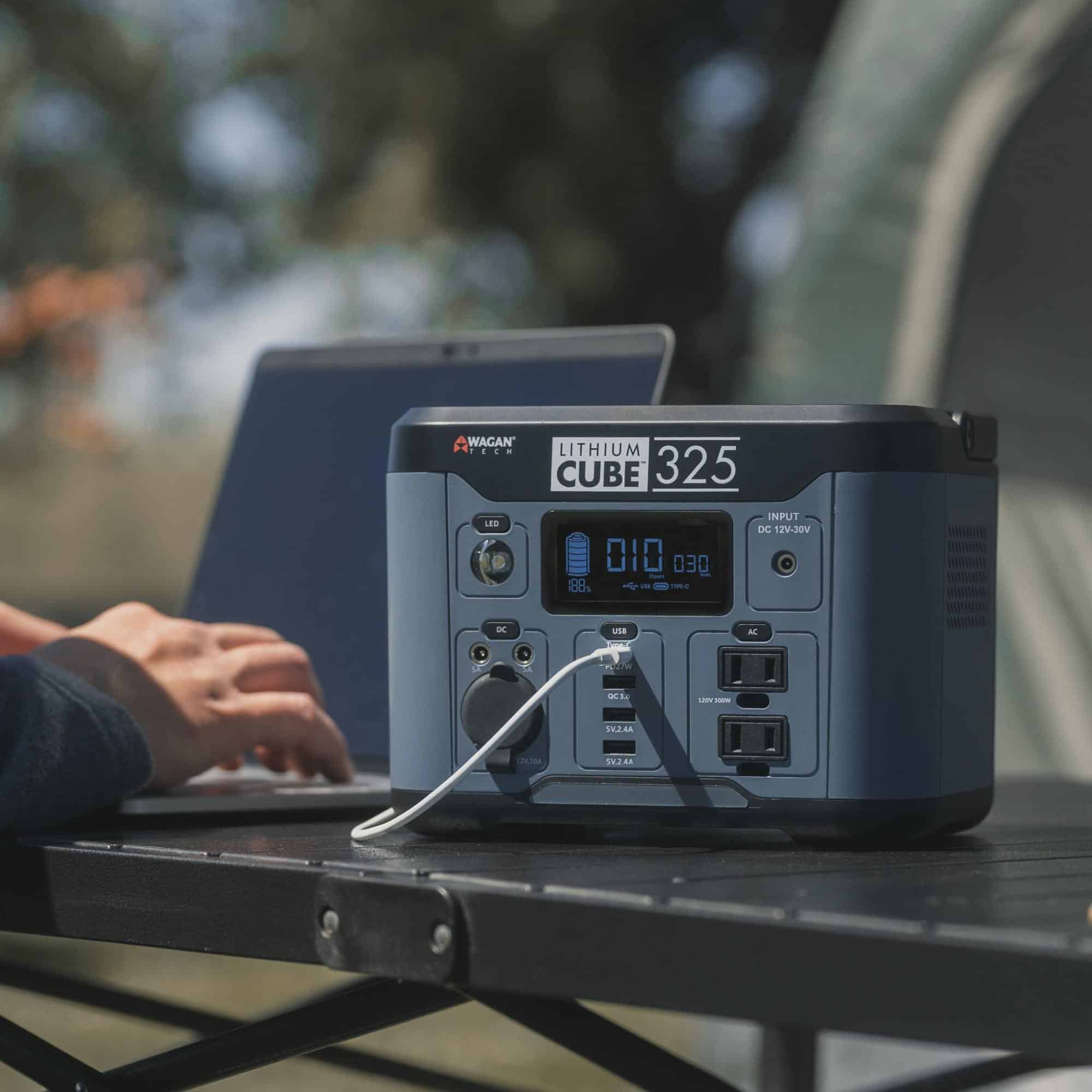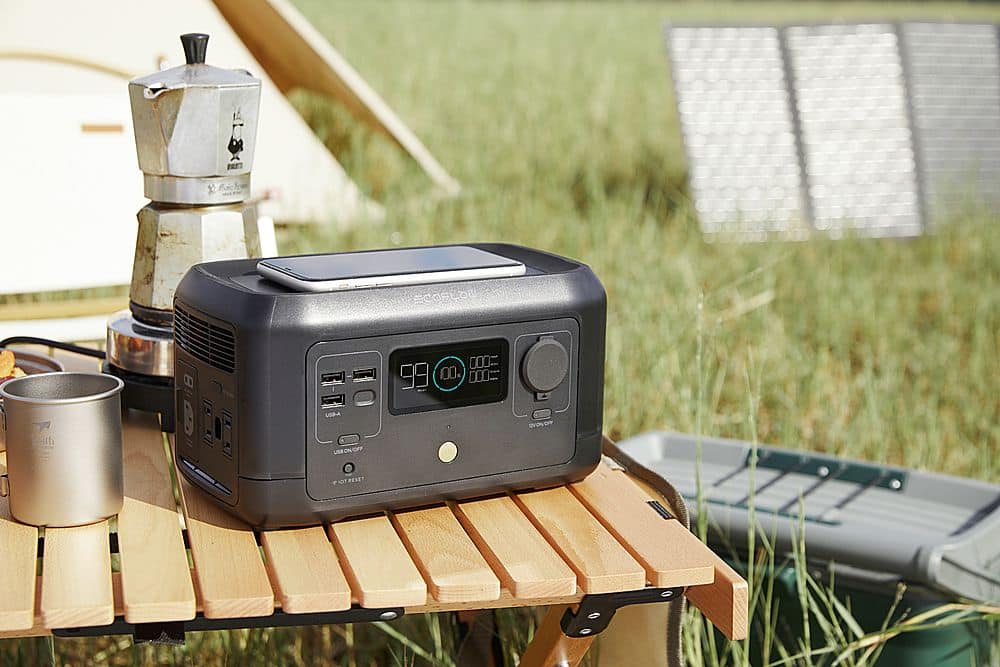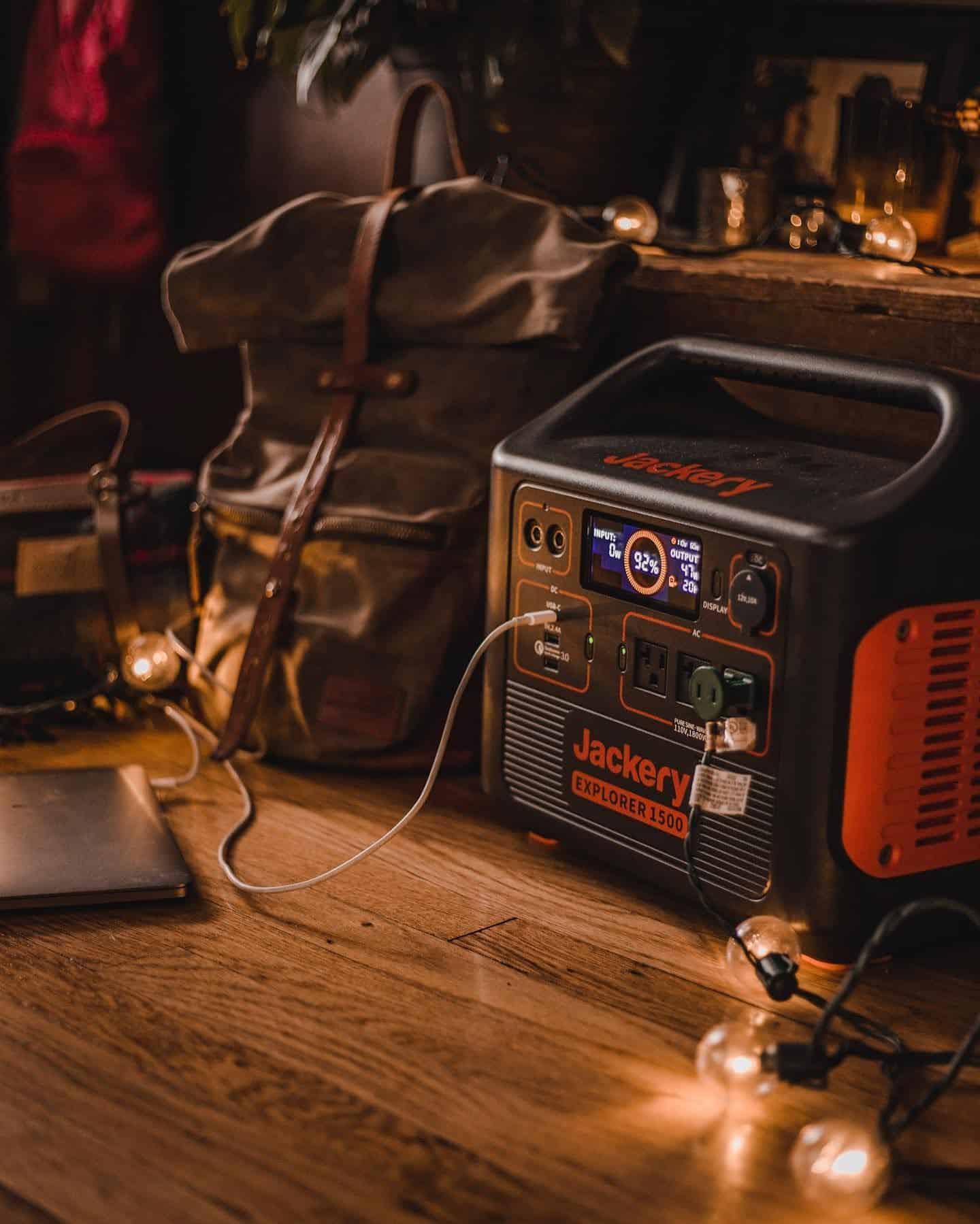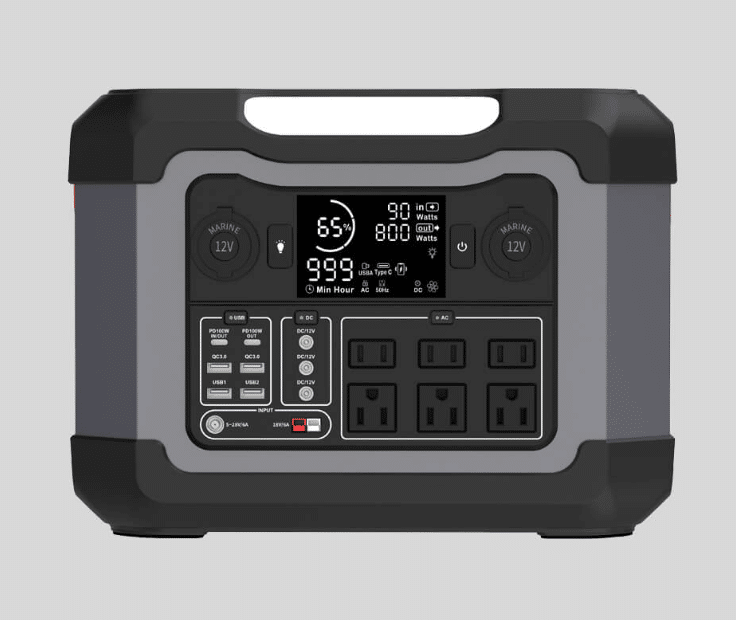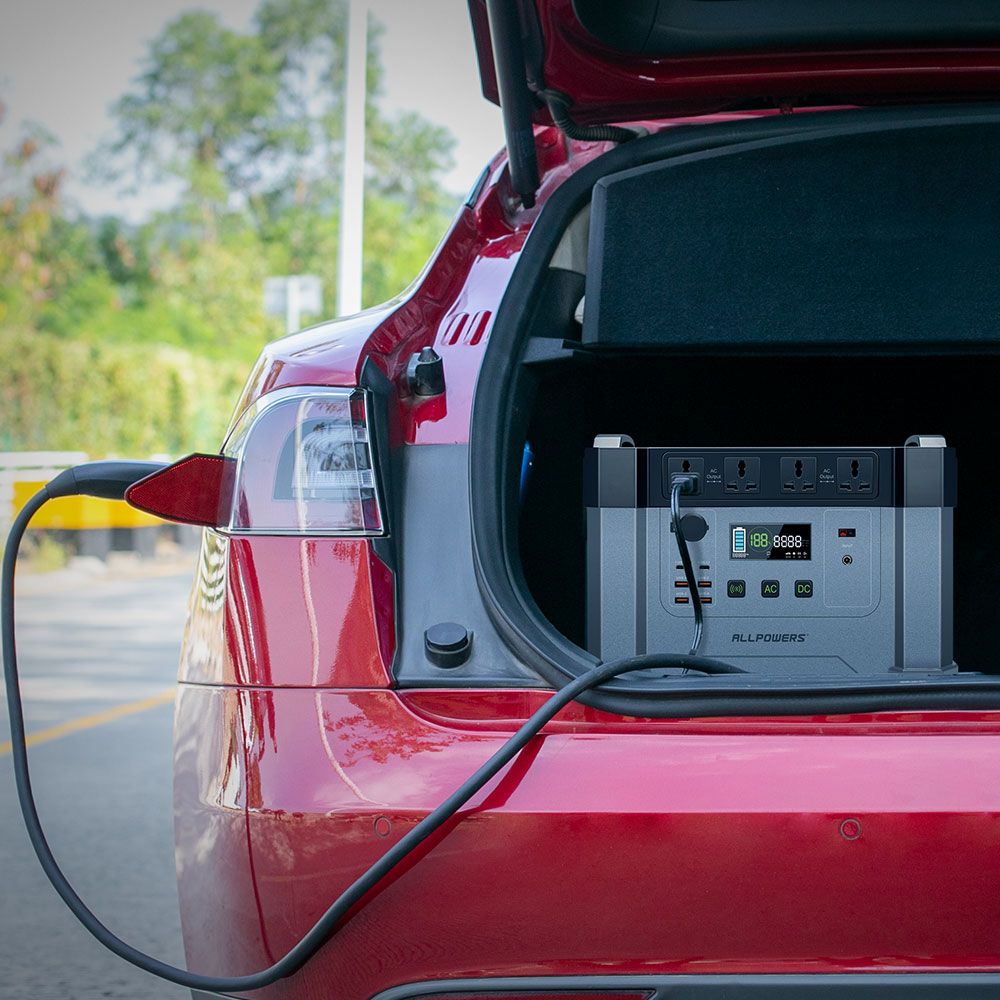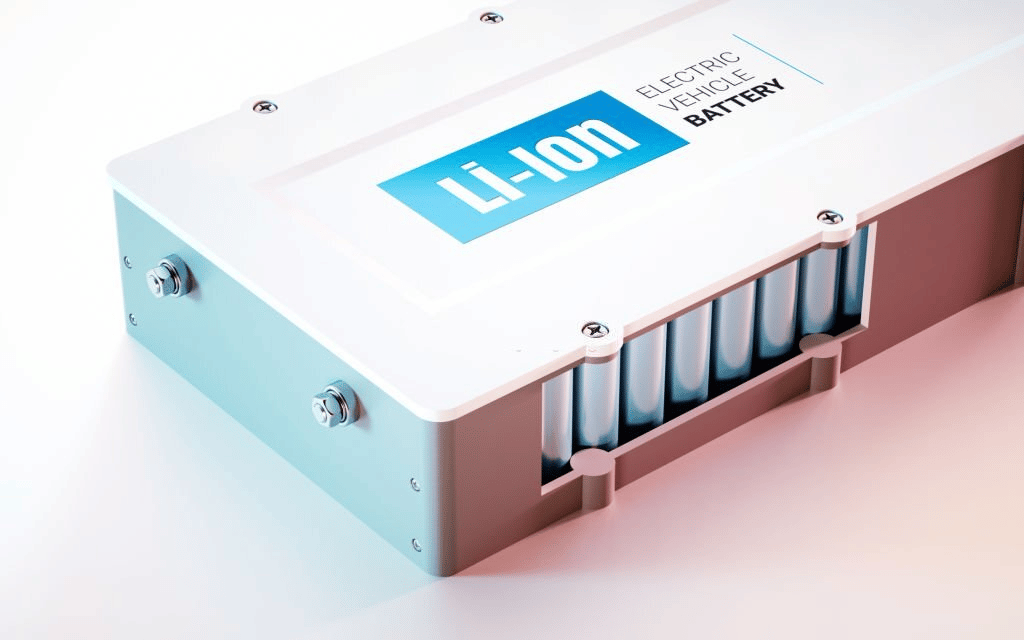
Image Source: iStockPhoto
This blog post will help to explain some of the most important battery terminologies so that you can be better informed the next time you go to purchase a battery.
Battery Voltage or Battery Volt
Voltage indicates the quantity of energy potential that a battery could contain. Typical battery configurations are either 12 volts or 24 volts. For modern vehicles, 12-volt batteries are being used. These batteries have six cells, each having 2.1 volts when full.
Battery Charge Meaning
Battery charge means the amount of power that is left in the battery. The higher the battery charge, the more power remains in the cell. Simultaneously, this also means that the battery will last longer. Oppositely, low charge means that the battery contains less power.
Float Charge
Float charge refers to the mechanism of keeping batteries or cells in fully charged condition without being overcharged. Float charging is typically used in situations where the battery is not being used, such as when a car is stored for an extended period of time.
AB Battery
AB batteries did exist at one point. Letter A batteries were the smallest designation, followed by B and so forth. Eventually, it disappeared due to the absence of a potential market. Simultaneously, the popularity of AA and AAA batteries also have grown.
mAh Battery
mAh stands for milliampere-hour or the thousandth of an ampere hour (Ah). It is commonly used to describe the total amount of charge a battery can hold. For example, a battery with a capacity of 2,000 mAh can store two amps of charge for one hour or one amp of charge for two hours.
Rated Capacity
Rated capacity indicates the average current that it can release over a given period, especially during normal usage. For instance, a battery with 100 Ah can provide a power of 10 amps consistently for 5 hours.
C-Rated Battery
A C-rated battery is a measurement used to gauge the speed of the charge and discharge of a battery. For example, A 1C battery means that it can be fully charged from zero percent in an hour. Consecutively, batteries that are higher than 1C charge faster.
Drain Battery
Draining or discharging batteries is a process that causes them to lose energy or voltage. One should know that batteries are in a constant discharge state every time you are not charging them.
Sli Battery
An SLI battery, or starter, lighting, and ignition battery, is a type of lead-acid battery that is designed to power the starter motor, lights, and ignition system of a vehicle. SLI batteries are usually of a higher capacity than traditional lead-acid batteries and are available in different sizes to cater to the requirements of different vehicles.
Sheet Battery
A sheet battery is a type of battery that is made up of one or more thin sheets of electrodes and an electrolyte. Usually, manufacturers make electrodes out of metal foil, like copper or aluminum. The electrolyte is a thin film of ion-conducting material, such as a polymer or solid electrolyte.
Battery Acid
In operational terms, battery acid is any type of acid used in batteries and chemical cells. But most of the time, this term is used in lead-acid batteries, especially those utilized by vehicles. Specifically, car batteries have a high percentage of sulfuric acid, with a concentration in water of 30 to 33 percent.
State of Charge
In technical understanding, the state of charge refers to the amount or quantity of electrical charge that can be stored in a particular battery at a given time. This is in consideration of the rated capacity and nominal electrical charge of the said battery.
Energy Density
Energy density refers to the amount or quantity of energy stored in a given space. This can be expressed in various ways, but most commonly, it’s either watt-hours per cubic meter (Wh/m3) or joules per cubic meter (J/m3). It helps determine the feasibility of certain energy storage methods, such as batteries.
Battery Capacity – Ampere(A)
Ampere is the measurement of the rate of current within a given electrical conductor. Current is measured in amperes, and one ampere is equal to one coulomb per second. The ampere is the standard unit of measurement for current in the International System of Units (SI).
Battery Capacity – Ampere hour
Ampere-hour helps consumers understand the actual amperage that a battery can deliver for an hour. Small batteries have an amp hour rating of milliampere hours (mAh). For large batteries, the rating is ampere hours (Ah).
Battery Power – Watt
In batteries, a watt is the unit of power. Technically, it is defined as a derived unit of 1 joule per second and is used to quantify the rate of energy transfer. The wattage tells the consumer the amount of energy for a device to function.
Battery Power – Watt hour (Wh)
The watt-hour (Wh) is also a unit of energy. The industry commonly uses this terminology to indicate the power that a device or appliance uses over time. For example, a 100-watt lightbulb uses 100 watts of power each hour that someone turns it on.
Battery Pack
A battery pack is a utility used to store energy and convert it into electricity. It is composed of one or more cells that are connected together to provide a certain voltage. The capacity of a battery pack is measured in amp hours (Ah). The more Ah, the more energy the battery pack can store.
Battery Cell
Battery cells store and release electricity through positive (anode) and negative (cathode) electrodes. These electrodes react with an electrolyte when the cell is connected to a load, which results in the production of electricity.
18650 Batteries
These 18650 batteries are lithium-type batteries typically used in electronics and electric vehicles. They have a diameter of 18mm and a length of 65mm, hence their name. The standard 18650 battery is 3.6 volts and offers a capacity of up to 4000 mAh.
Lithium Cobaltite (LiCoO2)
Lithium Cobaltite is a type of lithium-ion battery anode material. It is a transition metal oxide with the chemical formula LiCoO2. Lithium Cobaltite is a widely used material for lithium-ion battery cathodes.
Lithium Ion
Lithium-ion (Li-ion) is a technology used for modern batteries. Compared to other types of batteries, like lead acid or nickel metal hydride, Li-ion batteries have a higher energy density. This means they have more energy storage capacity and faster discharge.
Lithium Iron Phosphate
Lithium Iron Phosphate (LFP) is a type of lithium-ion technology that offers higher energy density and lifespan than standard lithium-ion batteries. Due to these traits, LFP batteries are particularly well-suited for use in electric vehicles (EVs).
Lithium Polymer
Lithium polymer has the same chemistry as lithium-ion. However, they only differ in construction. Lithium polymer allows versatile packaging, safe operation, and low production costs.
Lithium Primary Battery
Compared to other primary batteries, primary lithium batteries offer the highest energy density and specific energy. It also has open circuit voltages ranging from 2.7 volts to 3.6 volts. They also have astute internal impedance thresholds suitable for low-drain uses.
Lithium Secondary Battery
The primary difference between primary lithium batteries and secondary lithium battery is that the latter is rechargeable. Hence, they are ideal for portable consumer electronics. They were expensive in the past but became cheaper because of increased production volume.
Sulfur Dioxide Lithium
This is a new type of primary battery system that offers significant benefits over traditional batteries. Its energy density can reach up to 330 Wh/kg, which is almost four times higher than zinc batteries. They have high-temperature resistance, as well.
Thionyl Chloride Lithium
The Li-SoCl2, or lithium thionyl chloride, are primary wet batteries. This quality indicates that lithium thionyl chloride batteries contain corrosive liquid. Its primary difference from other lithium-ion batteries is that it is no longer rechargeable once fully discharged.
Manganese Dioxide Lithium
This is a lithium-ion battery that utilizes manganese dioxide as its cathode. It uses similar technologies as other secondary batteries. One notable characteristic of this battery is that it is affordable, non-toxic, and thermally stable.

